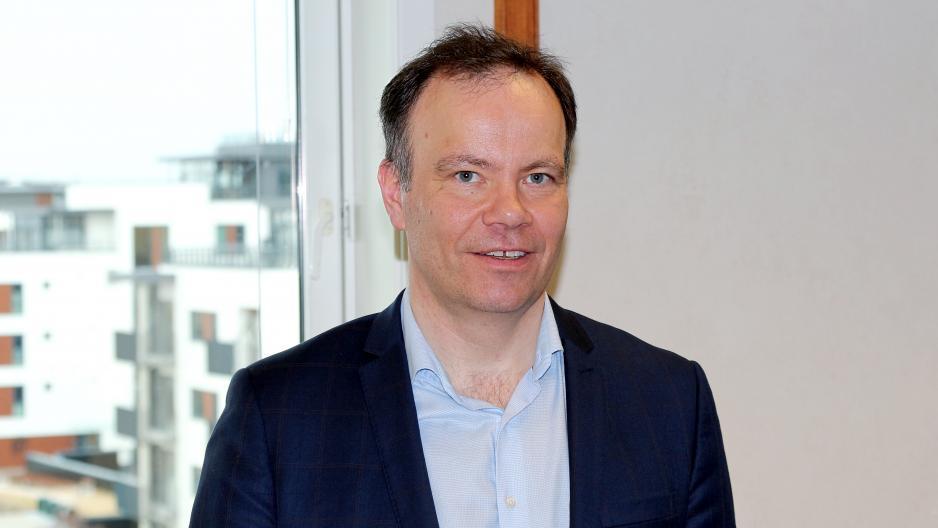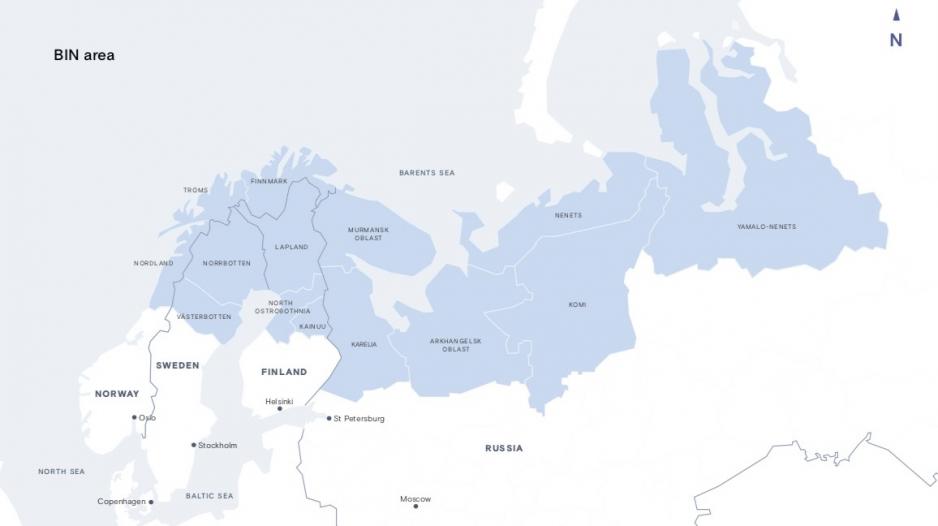Why Arctic economic development doesn’t necessarily mean a better economy for Arctic residents
"Arctic resources create jobs on the European continent, which is good, of course, but it does not happen in the Arctic."

A fresh economic index for the European Arctic and out Tomas Norvoll, a Labour Councillor in Norway’s Nordland County is worried about several of its findings.
The High North Center for Business and Governance launched the report 6th Business Index North on Tuesday. The BIN report measures, analyses and compares level of sustainable development for 14 regions in Arctic Europe, which includes Norway, Sweden, Finland and Russia. This year’s report is titled “Sustainability in the Arctic Regions: What, How and Why?”
Norvoll says the negative population trend observed may create a threat to healthy and well-functioning Arctic communities.
[The Arctic’s future population will likely be more urban, more aged — and only slightly bigger]
“The report demonstrates that several regions experiencing economic growth also observe a negative trend in population development. Young people migrate out from the region,” Norvoll says. “A key finding from the report is that economic development in the Arctic not necessarily means an improved economic situation for the local population. This is what we may call an Arctic resource paradox.”
One example from Nordland County sheds light on this paradox. Nordland is one of the regions of the Arctic that exports the most salmon and trout. 90 percent of the fish is sent to countries like Poland and Denmark, where the fish is then processed.
“In this way, Arctic resources create jobs on the European continent, which is good, of course, but it does not happen in the Arctic.”

Another report finding is about education. The Nordic BIN regions lag far behind the national average for higher education and the report shows that this is most outspoken in the Russian BIN regions.
“Where does the road forwards for the Arctic lead? We must secure quality of education on all levels first and foremost. Since education is crucial for sustainable development in any region, improved access to education should be one of the main focuses of the further development of the High North,” Norvoll says.
“We must also solve the Arctic resource paradox. Some of Norway’s most innovative industrial areas are located in the Norwegian part of the Arctic. We must secure a balance between exploiting ocean resources and environmental protection and sustainability. In that way, we can secure sustainable economic development in the Arctic based on the best knowledge available and, of course, also in accordance with the highest environmental standards.”
“We must exploit resources in the Arctic in a way that promotes innovation and in a way that provides diverse employment opportunities. Jobs are a key factor for creating regional attractivity. If we are to have a future here up north, securing attractive communities all over the Arctic is crucial,” Norvoll says.
State Secretary Audun Halvorsen of the Norwegian Ministry of Foreign Affairs is responsible for coordinating the Arctic policy and the Arctic strategy of the Norwegian government. He says a strong Northern Norway is vital for all of Norway.
“The High North is a key national priority for the Norwegian government. One goal in the government’s Arctic strategy is to make Northern Norway one of the most innovative and sustainable regions in Norway. We see some obvious challenges, in particular when it comes to demography and de-population of rural areas. These challenges must be solved,” he says.
“The people who live, work and raise their children in the Arctic deserve to live in a modern society. We should continue investing in infrastructure, we need good schools, universities and of course also diverse cultural opportunities.”
“Business in the Arctic is dependent on staff with the necessary skills and knowledge. We cooperate closely with regional authorities, municipalities and local stakeholders as well as indigenous people in the High North. We are keen to listen to voices representing the various sectors of the High North in order to ensure that we have future-oriented and efficient political strategies for the Arctic,” says Halvorsen.
The idea behind the Business Index North project is to contribute to sustainable development in the Arctic through producing relevant information to stakeholders and decision-makers such as e.g. politicians, companies, institutions and the general population about the socioeconomic development in the Arctic.
The Business Index North project starts from the perspective of the UN Sustainability Goals for 2030 and the five pillars for sustainable development the report focuses on is: people, environment, society, economy and partnership.
The Business Index North project is funded by the Norwegian MFA as well as Nordland County Council. You can read the entire report here.
This article was originally published in Norwegian and has been translated by HNN’s Elisabeth Bergquist.